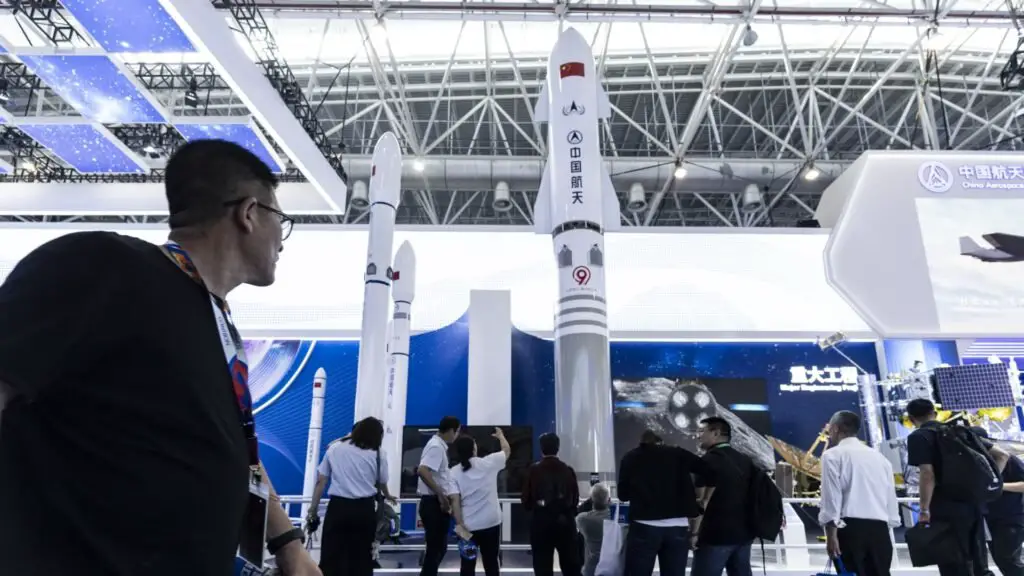China faces a major challenge in its efforts to catch up with Elon Musk’s SpaceX satellite service.
According to SpaceX, SpaceX’s Starlink already has nearly 7,000 operational satellites in orbit and serves approximately 5 million customers in more than 100 countries. The service is intended to provide high-speed internet to customers in remote and underserved areas.
SpaceX hopes to expand its mega-constellation to up to 42,000 satellites. China is aiming for a similar scale, hoping for around 38,000 satellites in three of its low-Earth internet projects, known as Qianfan, Guo Wang and Honghu-3.
Based in Europe apart from Starlink Eutelsat OneWeb has also launched more than 630 Internet satellites in Low Earth Orbit (LEO). Amazon also has plans for a large LEO constellation, currently called Project Kuiper, consisting of more than 3,000 satellites, although the company has only launched two Prototype satellites until now.
With so much competition, why should China even bother putting money and effort into such mega-constellations?
“Starlink has truly demonstrated its ability to bring Internet access to individuals and citizens in remote corners, giving citizens the ability to access the Internet and all the websites and apps they want,” said Steve Feldstein, Senior Fellow at Starlink Carnegie Endowment for International Peace.
“For China, a big push has been to censor citizen access,” Feldstein said. “And for them, they say, ‘Well, this poses a real threat. If Starlink can provide uncensored content to our citizens or individuals from countries allied with us, that’s something that could really penetrate our censorship regime.’ . And that’s why we have to come up with an alternative.’”
Blaine Curcio, founder of Orbital Gateway Consulting, agrees. “In certain countries, China could almost see this as a differentiator. It’s like, ‘Well, maybe we’re not that quick to market, but hey, we’ll fucking censor your internet if that’s what you want.’ , and we will do it with a smile on our faces.’”
Experts say that while Chinese constellations will not be the preferred Internet provider for places like the United States, Western Europe, Canada and other U.S. allies, many other regions could be open to Chinese service.
“There are, in particular, some geographical areas that could be attractive to a Starlink-like competitor, particularly one made by China, including China itself,” said Juliana Suess, a fellow at the German Institute for International Politics and Security. “Russia, for example, but also Afghanistan and Syria are not yet covered by Starlink. And there are also large parts of Africa that are not yet covered.”
“We have seen that 70% of 4G infrastructure on the African continent is already being built by Huawei,” Suess added. “So a space-based perspective could lead to further progress there.”
In addition to being a tool for geopolitical influence, a proprietary satellite internet constellation is increasingly becoming a national security necessity, particularly when ground internet infrastructure is crippled during a war.
“When it comes to the difference that Starlink technology has made on the Ukraine battlefield, one of the big advances we have seen has been the emergence of drone warfare and the networked battlefield,” Feldstein said. “The possession of satellite-based weapons is seen as a decisive military advantage. I think China sees all of this and says investing in these weapons is absolutely critical to our national security goals.”
Watch them video to learn more about why China is building these mega-constellations and what challenges the country will face.





